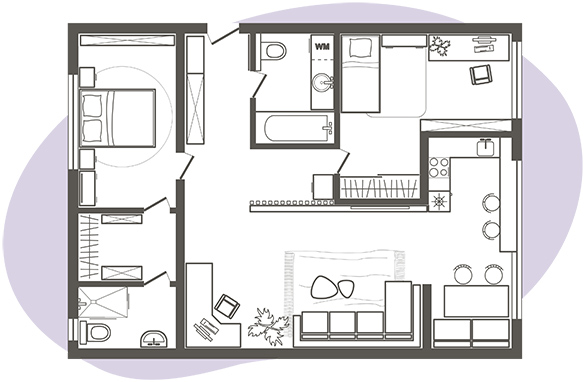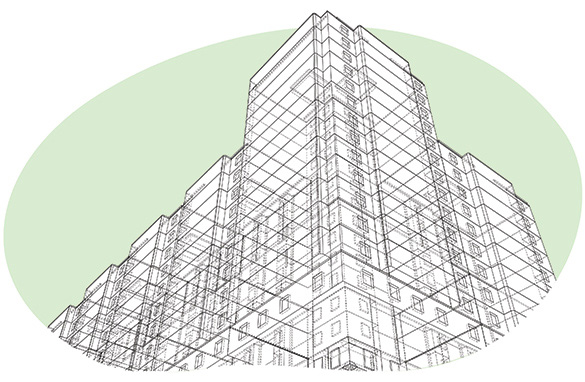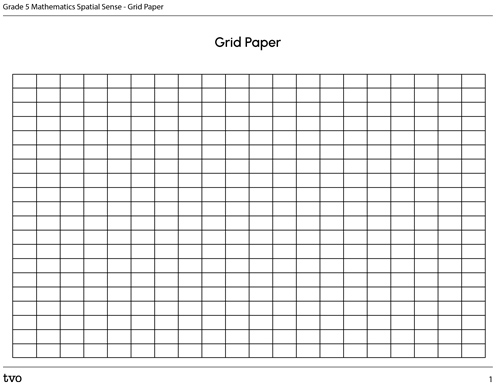Minds On
Which perspective?
When we explore objects from different views, we might notice different features of the object. Each view provides a different perspective.
Here is a table from different perspectives.
What do you notice?
Consider the following questions:
- What happens when we explore an object from different perspectives?
- How does that change the view of the object?
Record your ideas in a notebook or a method of your choice.
Action
Exploring different views
In the Minds On section, you explored a table from different perspectives: top, side, and front. If we want to represent that object in a drawing or plan, we need to provide specific information and details.
For example, we can use shading or lines to help represent different heights. We can also consider the object from different views.

Now, let’s explore three different objects.
You will use a method of your choice to describe the top, front, and side views of each object. Object A is provided as an example in following table.
Complete the following table for object B and C. You may use cube blocks and then represent each view by drawing it and/or describing it through text or recording.
There are multiple ways of describing each view. For example, you can include the number of angles, number of squares, number of sides, or number of vertices.
|
Object A |
||
| Front view | Side view | Top view |

The front view of the object has 9 squares. It creates a closed shape, with 10 sides. I count 10 right angles. |

The side view of the object has 4 squares. I notice it also creates the shape of a rectangle, but the position is vertical compared to the top view. Since it is a rectangle, I know that it has 4 sides, 4 right angles, and 4 vertices. |

The top view of the object has 4 squares. I notice that it creates the shape of a rectangle. Because of this, I know it has 4 right angles, 4 sides and 4 vertices. |
|
Object B |
||
| Front view | Side view | Top view |
|
Object C |
||
| Front view | Side view | Top view |
Press the ‘Activity’ button to access the Perspectives of 3D Objects.
Once you have completed your table with the different perspectives of object B and C, you may check your answers with the following matching activity.
Object B
Object C
Task 2: Objects in the real world
Choose objects that you would like to describe from different perspectives.
Can you draw or describe three different perspectives/views of each object?
You can also choose any of the following objects. Identify the current view, and then represent the object in the two views that are remaining.
Record your ideas in a notebook or a method of your choice.
Consolidation
Real world application
Understanding objects from different perspectives is an important skill that is used in many different kinds of professions. For example, architects use top view and side view to help create plans for buildings and homes, both outside and inside each floor.


Become an architect!
Create your own drawing! Design your own structure or floor plan. Complete your drawing of either the top view, side view, or front view using the following grid paper provided or another method of your choice.
Connections
Real world connections
What kinds of other professions might use top, front, or side views in their work?
Record your ideas in a notebook or a method of your choice.
Reflection
As you read through these descriptions, which sentence best describes how you are feeling about your understanding of this learning activity? Press the button that is beside this sentence.
I feel...
Now, record your ideas using a voice recorder, speech-to-text, or writing tool.
Connect with a TVO Mathify tutor
Think of TVO Mathify as your own personalized math coach, here to support your learning at home. Press ‘TVO Mathify’ to connect with an Ontario Certified Teacher math tutor of your choice. You will need a TVO Mathify login to access this resource.
TVO Mathify (Opens in a new tab)





